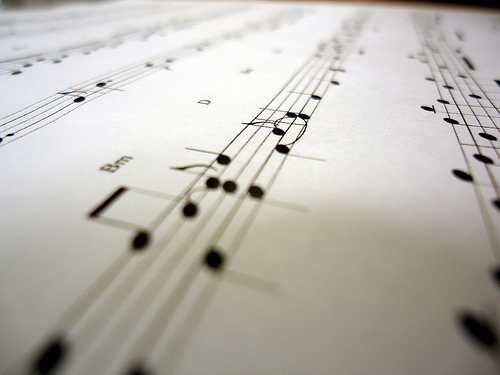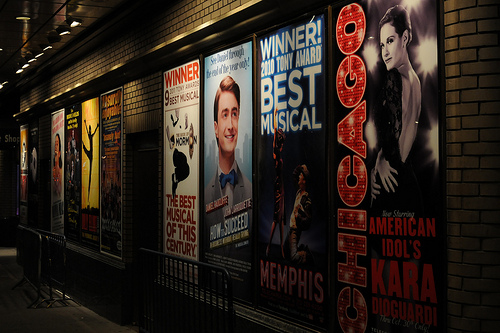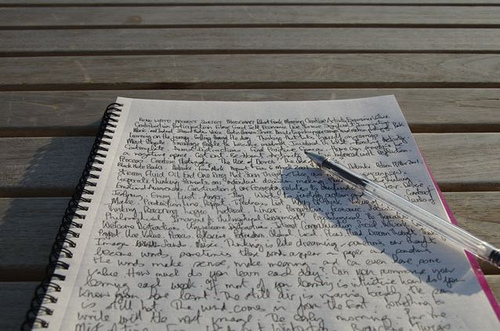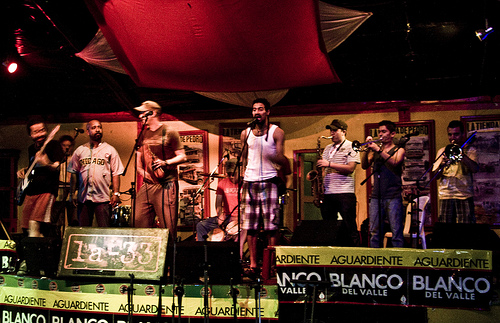If you’re not skilled at using an instrument but are a lover of music and want to experiment with creating your own sounds, you’ll be pleased to know it’s easy to do so. All you need is a computer with a fast processing unit, 1GB of RAM or more, and you’re ready to get started.
Of course, if you are a guitarist or play another instrument, you can also use these methods to record your sounds before burning them onto CD or uploading them to a digital platform.
Added Equipment
You’ll need a digital audio workstation (DAW) installed on your computer. If you’re a Mac user, then you’ll already have the useful ‘Garage Band’ DAW installed, which is more than good enough to be getting started with. There is a wide variety of DAW software available, including Logic and Sonar. Some examples are only available for certain systems, so be sure to check before you buy.
Propellerhead Reason is a DAW you should look at if you’re considering making electronic music.
You’ll also need to buy an audio interface; it is worth buying this first, as you’ll often get a lite version of a DAW so can decide whether it’s the right one for you before upgrading.
Recording
If you’re making a recording, simply plug your microphone and instrument into your system and you’re ready to go. If you’re using an instrument, you might consider using amplifier emulation software so you get the best possible effects.
You’ll probably be recording at home if you’re using a computer, so do all you can to replicate studio conditions, although you will be able to remove any background noise later.
Adding DAW Effects
Once you’ve made your recording, the fun really begins. Check out the following tools that will be included with your DAW.
- Synthesisers – The best way to learn how to use synth sounds in your music is to experiment and come up with your own beats. So you don’t confuse yourself, start working with oscillating sounds and filters first.
- Dynamics, or your compression, limiting, and maximising effects, are great for adding something extra to your music. If you’re going to be performing your recording in a live situation at some point, be sure not to alter it too much, or it’ll sound nothing like it when you play it at a gig!
- Reverb and delay effects can also be added to your recording, while phasers, distortions, and other effects should be experimented with. Once again, if you’re playing around with an instrumental recording, consider how it will sound live when people are familiar with the recorded track.
Mixing Your Track
The final step is to mix your track. Again, the best way to learn here is to play around with everything and get to know your DAW inside out. You’ll already know the arrangement of your song, so putting it all together should be easy. What we will say is that you should try to keep as much of the sound as possible off centre, other than the central components of a track such as the drum, lead guitar, and vocal. If you’re making electronic music, this will give you a great opportunity to create some brilliant sounds.
Image Source: Brandon Giesbrecht






